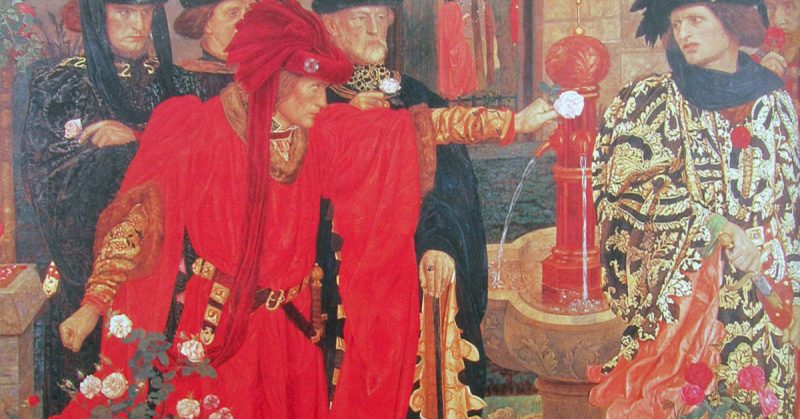The Wars of the Roses were fought between two branches of the Plantagenet family: the House of Lancaster and the House of York. The name comes from the emblems of both branches. The House of York’s emblem had a White rose and the House of Lancaster a Red Rose.
The conflict was made up of three distinct phases.
The Yorkist Fight for the Throne (1455-1461)
Richard of York acted as “Lord Protector” during the period of King Henry’s insanity, but when the King recovered, he was excluded from the government.
Believing his life to be under threat, York took up arms against the King’s advisers. The first battle took place at St. Albans in May 1455.
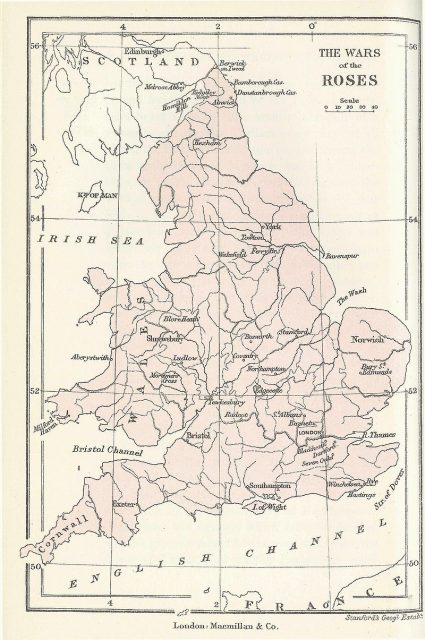
Many families stayed out of the first stages of the war. York and his allies won another success at the battle of Blore Heath in 1459, but Henry remained popular and York was forced to flee the country following a defeat at Ludford Bridge two months later.
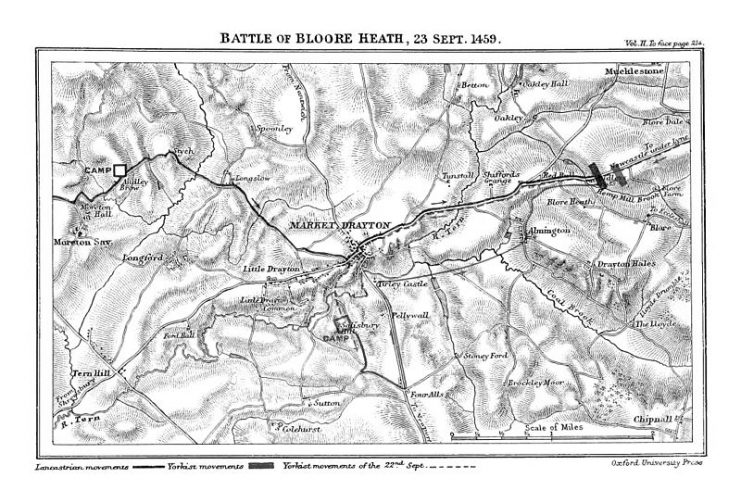
York’s supporters returned from exile to win the Battle of Northampton in July 1460.
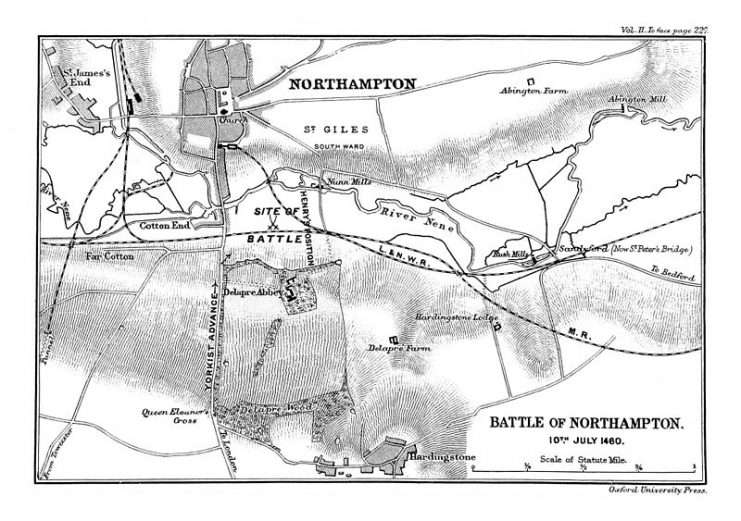
It was at this point that York again became Protector of England. This lead to the Act of Accord which secured the Throne for Henry during his lifetime but made York the heir to the throne rather than Henry’s son, Prince Edward.
Margaret of Anjou joined the alliance of Lancastrians. York and Salisbury attempted to force Lancastrian forces from northern England but were defeated and killed at the battle of Wakefield in December 1460.
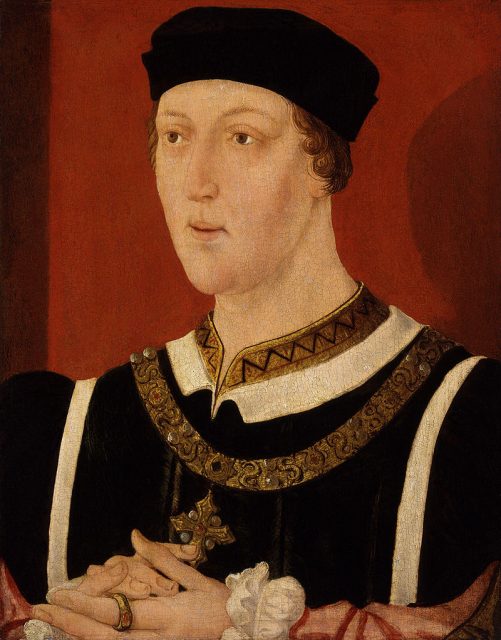
Margaret marched on to London and defeated the Earl of Warwick at the second battle of St. Albans in February 1461. Warwick escaped and joined his cousin, Edward Earl of March, the eldest son of Richard, Duke of York. London refused to allow the Lancastrian forces into the city, and whilst Margaret decided on a course of action, the new Yorkist leaders entered the city.
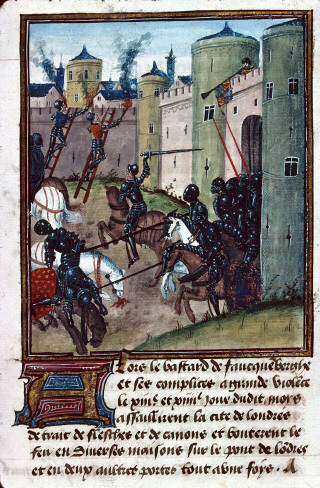
Edward inherited his father’s claim to the throne and soon proved himself to be a great military commander. He forced all Lancastrian forces from Wales, then in March 1461, he achieved a great victory at the battle of Towton. This battle proved to be the bloodiest battle of the entire war and around 20,000 were killed on both sides. Edward was crowned King Edward IV, and King Henry VI was imprisoned in the Tower of London.
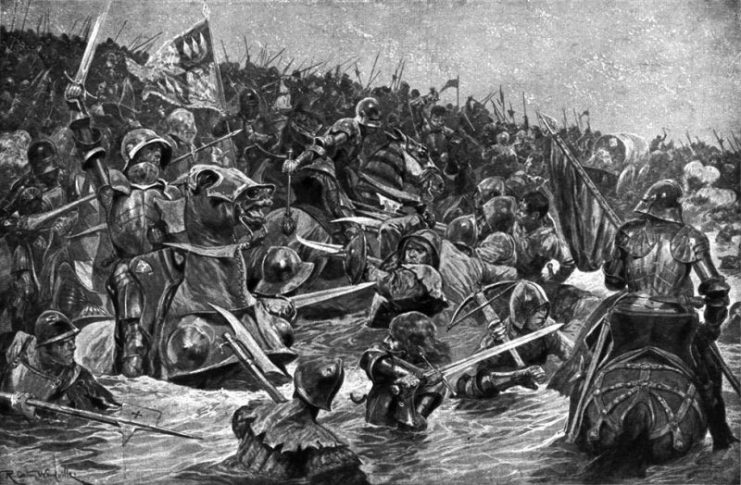
Warwick’s brother, Lord Montagu, defeated an attempted Lancastrian uprising in the north at the battles of Hedgley Moor and Hexham during April and May 1464, whilst Margaret and the Prince fled to France.
The Earl of Warwick’s Counter-Revolution (1469-1471)
The alliance between Edward IV and the Earl of Warwick soon broke down as Edward began to reject the advice of his former ally. The Earl of Warwick attempted with Edward’s brother, the Duke of Clarence, to seize control but they were defeated at the battles of Edgcote and Losecote Field. They fled to France where Warwick joined forces with the exiled Margaret. He returned to England, aided by the French, and forced his former ally Edward IV to flee. Henry VI was restored to the throne.
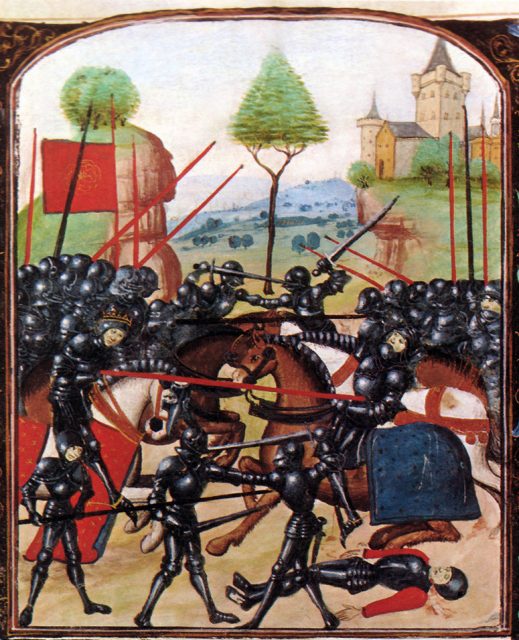
Edward was not prepared to give up his throne, and within six months, he was back after defeating and killing the Earl of Warwick at the battle of Barnet in April 1471 and wiping out the entire Lancastrian family at the battle of Tewkesbury on May 4th, 1471. Henry IV and Prince Edward were killed.
The slaughter of the Lancastrian family ensured peace for the rest of Edward’s reign.
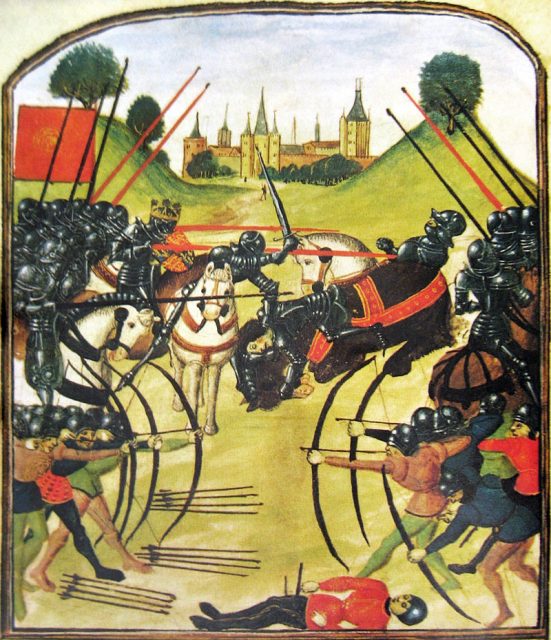
King Richard III and the Tudors take-over (1483-1487)
Edward IV’s death in 1483 opened up divisions within the Yorkist House. Richard of Gloucester, Edward’s brother, seized the crown from his nephew, who was the heir, and then wiped out all his major opponents. It will never be known for sure whether or not Richard ordered the killing of the princes in the Tower, but it is likely that he did.
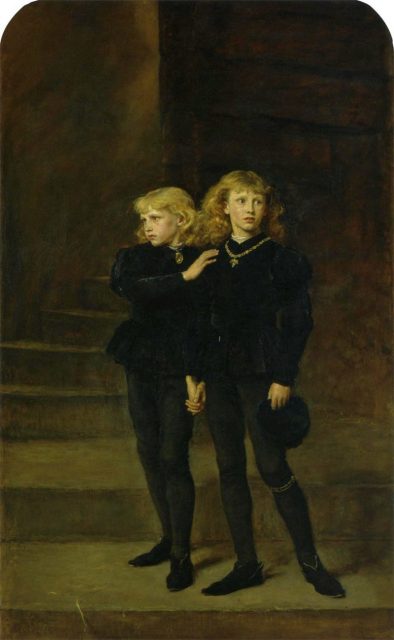
The disappearance split the Yorkshire camp, which failed to back King Richard III when he was faced by the new Lancastrian pretender to the throne: Henry, Earl of Richmond. At the battle of Bosworth field in 1485, Henry defeated and killed Richard.
Crowned Henry VII, the new King married Elizabeth, the eldest daughter of King Edward IV, which allowed him to gain support from both factions.
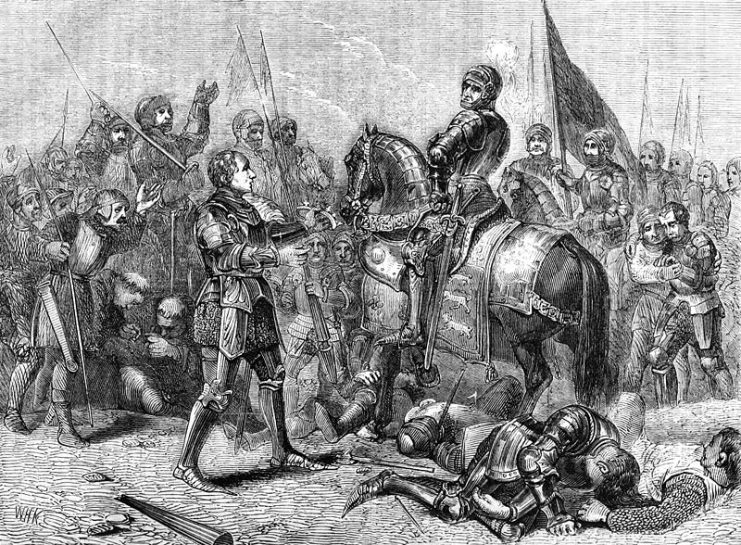
The final battle took place in 1487, two years after Bosworth, with the battle of Stoke Field. Plotters declared Lambert Simmel to be the captured Edward, Duke of Clareance – the son of the eldest brother of Edward IV who was in prison. Attempting to stoke up a rebellion, it was declared that Simmel was, in fact, Edward, who had escaped from custody. Of course, this was untrue.
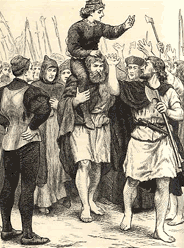
Read another story from us: Civil Wars That Shaped Medieval England
Henry IV finally secured the throne when the attempted rebellion was defeated at Stoke Field. The Earl of Lincoln and Martin Schwarz, who had both lead the plot, were killed. Simmel, although captured, survived prison and was allowed to work in the royal kitchens of the King he had tried to replace.
It was a typically surreal end to this bout of English history.
Henry ruled in peace for another 22 years until his death in 1509.
